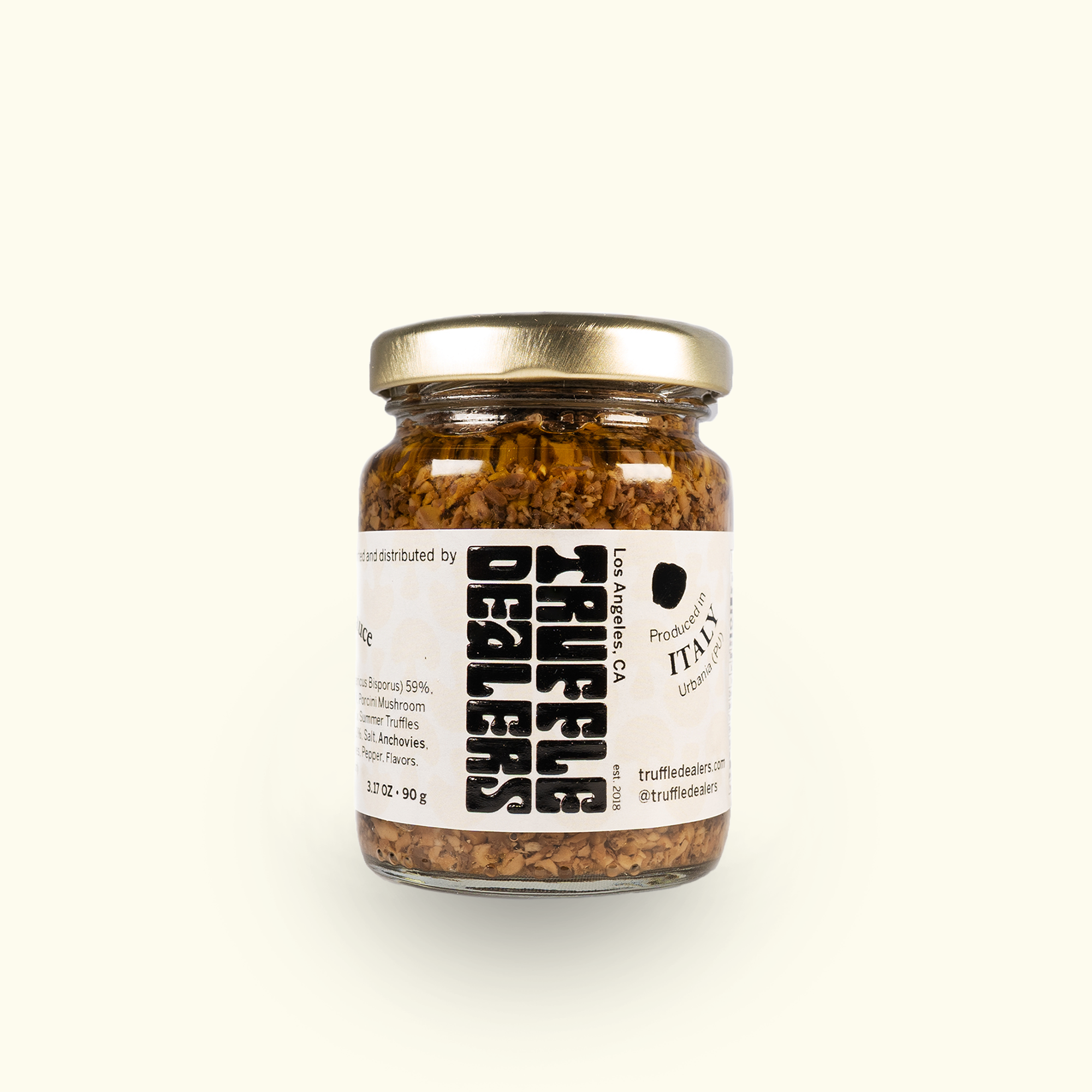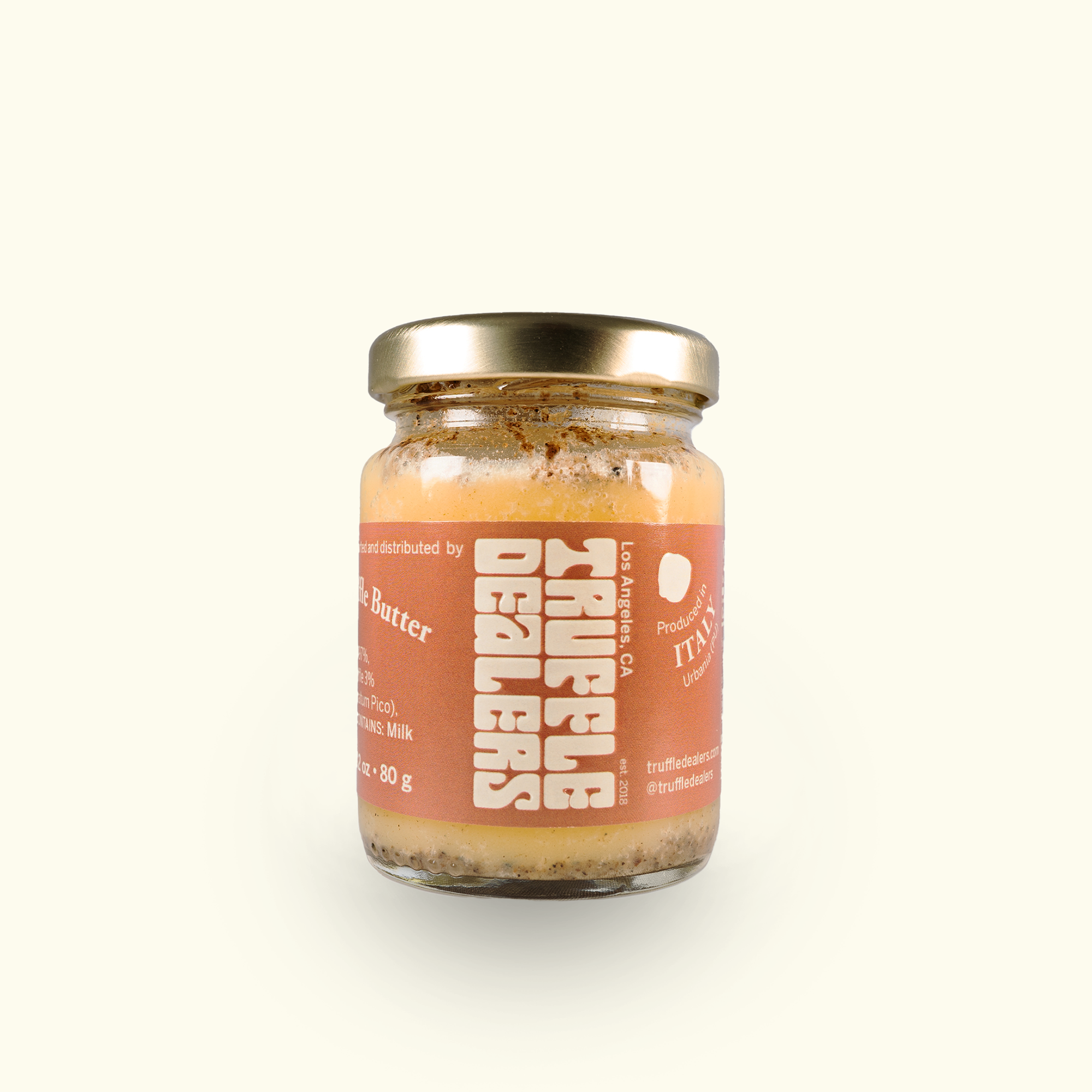What Determines a Low Availability of Truffles in Some Seasons?
Truffles are one of the most prized delicacies in the culinary world, offering an earthy, aromatic flavor that has captivated chefs and food enthusiasts for centuries. But as truffle lovers know all too well, the availability of fresh truffles can vary dramatically from one season to the next. Some years, they seem to be everywhere, while in others, they become a rare find, driving prices sky-high. But why is this?
In this blog, we will delve into the key factors behind the low availability of truffles in certain seasons and how nature and human influence play significant roles in shaping their supply.
1. The Role of Climate and Weather Conditions
Truffles are highly sensitive to their environment, and their growth is deeply influenced by specific weather patterns. For truffles to grow optimally, they need a very delicate balance of moisture and temperature.
Winter and Summer Extremes
Truffles typically develop underground in close association with tree roots, particularly oak and hazelnut trees. Extreme weather conditions like hot summers or frigid winters can disrupt this relationship. Too much heat or drought during the summer reduces moisture in the soil, hindering the initial stages of truffle development. Similarly, harsh winters can damage the young truffles still growing below the surface.
Rainfall and Soil Moisture
Adequate rainfall, particularly in spring and early autumn, is crucial for truffle formation. An unusually dry year can drastically reduce the harvest, as dry soils prevent truffles from growing to their full potential. Conversely, too much rain can also be problematic, leading to flooding or waterlogged soils, which can suffocate the delicate truffle fungi.
These weather-related factors help explain why truffle hunters can experience vastly different yields from season to season, depending on whether the climate is favorable or not.
2. Impact of Ecological Factors
Ecological factors also play a key role in the variability of truffle availability:
Tree Health and Forest Ecosystems
Truffles rely on a symbiotic relationship with tree roots, deriving nutrients from trees in exchange for helping the trees absorb minerals and water. Thus, the health of truffle-producing forests is critical. Deforestation, forest fires, or changes in land use can disrupt these ecosystems, negatively affecting truffle production.
Biodiversity Decline
A reduction in biodiversity within truffle-producing regions can disrupt the natural balance necessary for truffle growth. The loss of certain animals, plants, and even other fungi species can alter the habitat, indirectly leading to fewer truffles.
3. Agricultural and Human Activity
Human activity also significantly influences truffle availability. While wild truffle hunting still exists, much of today’s production relies on carefully managed truffle orchards. However, even in these controlled settings, challenges arise.
Soil Depletion
In areas where truffle cultivation has been intense, the soil can become depleted of the necessary nutrients, reducing the land’s ability to produce quality truffles. It often takes years for the soil to recover fully, leading to fluctuations in annual truffle yields.
Overharvesting
Overharvesting wild truffles can lead to a decrease in truffle populations. In some areas, excessive foraging damages the underground networks of mycelium (the fungal threads from which truffles grow), preventing future truffle growth.
Pollution and Chemical Use
The use of pesticides and chemicals in nearby agricultural activities can negatively impact truffle orchards. Truffles are very sensitive to changes in the soil environment, and chemicals can disrupt the delicate fungi-tree relationship essential for their growth.
4. The Influence of Truffle Species and Natural Growth Cycles
Different species of truffles thrive in different climates and seasons. For example:
Black Winter Truffles (Tuber Melanosporum)
These truffles thrive in cold winter conditions, and their availability depends largely on the balance between the cold winter and the preceding weather during their growing period.
White Truffles (Tuber Magnatum)
White truffles have a shorter growing season and are even more susceptible to slight changes in weather patterns, making their availability particularly erratic.
Additionally, truffles have their natural growth cycles, which don’t always align perfectly with human harvesting timelines. Even with optimal conditions, there may be off-years where certain species produce fewer truffles as part of their natural life cycle.
5. The Growing Demand and Economic Impact
The rising global demand for truffles has put pressure on truffle markets, particularly for fresh truffles. With countries like China and Australia expanding their truffle cultivation, competition for quality truffle supplies has grown. Yet, increased demand has not always been met by increased supply due to the challenges outlined above. The economic principle of supply and demand leads to a rise in truffle prices during seasons of low availability, adding another layer of complexity to the market.
Conclusion
The low availability of truffles in some seasons is driven by a complex interplay of climate conditions, ecological factors, human activity, and the natural biology of truffles themselves. These factors, combined with rising global demand, mean that fresh truffles may sometimes be difficult to source or more expensive during certain periods. At Truffle Dealers, we strive to offer the finest truffle products year-round. Whether it’s fresh truffles, truffle oils, or other gourmet truffle-infused items, our online store is stocked with premium products to elevate your culinary experience.
Explore our collection today and bring the luxury of fresh truffles to your kitchen, no matter the season!



